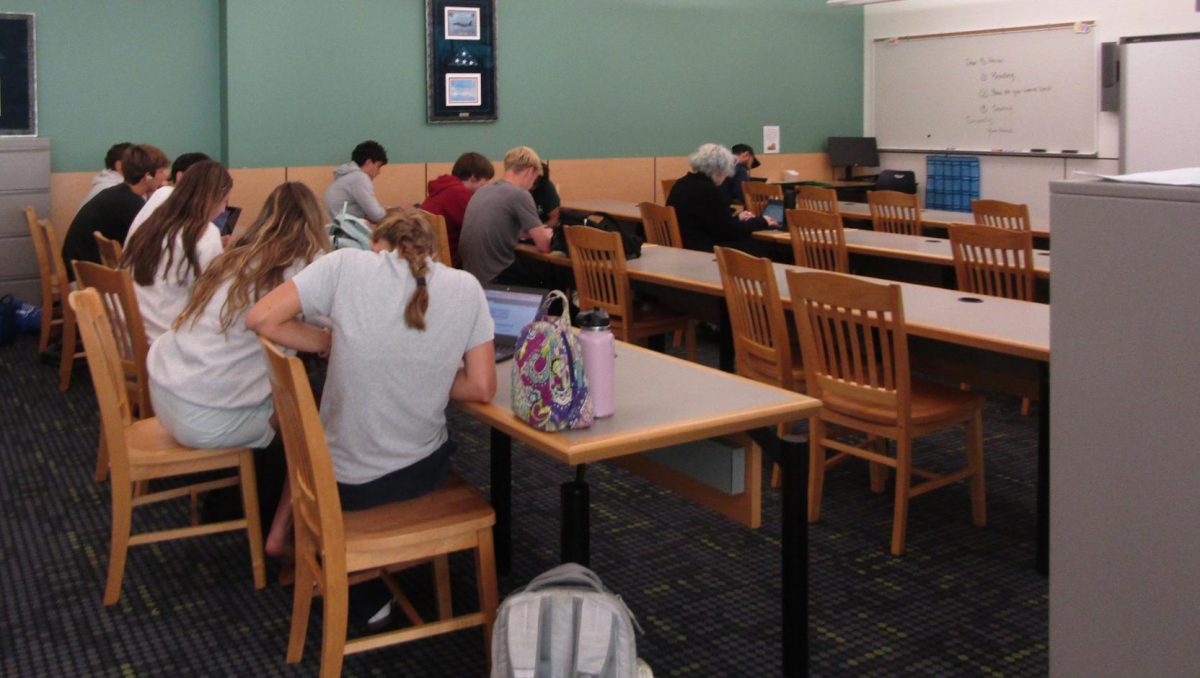No matter what type of home you have, your annual income, or where you live, there are small steps you can take everyday to conserve energy. Not only does conserving energy help the environment, but it also helps your wallet.
Using less water is one way to start. You can take shorter showers, or shut the water off while shampooing and conditioning your hair. Decreasing the amount of hot water you use and using it only when necessary also conserves energy. Reusing water can be a game changer, too. For example, don’t get rid of the water you boiled your pasta in. Save it and use it to water house plants, soak dirty dishes, or remove stains from clothing.
Conserving light can also be super impactful. Open blinds or shades to brighten rooms with natural light. Turn off lights after leaving rooms and when you don’t need them. Installing dimmer switches use less energy too.

Programmable thermostats are cost effective and allow you to reduce your home’s temperature at night and when you are away. Why use energy when you don’t need to? These smart thermostats automatically adjust to the weather and your habits through sensors, and you can control their settings at any time with your smartphone.
When it comes to washing and drying clothes, make sure to run full loads and not in hot water. Hot water actually fades clothing faster than warm or cold water. Plus, 85-90% of the energy used in washing clothes comes from heating the water itself. For drying, cleaning out your lint trap before each load allows more air to flow out of the exhaust vent, cutting down drying time, saving you energy and money. If possible, use a clothesline.
For washing dishes, do not pre-wash by hand before loading into the dishwasher. This wastes water. Instead, scrape and rinse quickly. It’ll also save you time. Only wash full loads, too. Using a dishwasher for a full load saves gallons of water compared to washing all by hand.

Choosing LED light bulbs over halogen and incandescent ones saves money, energy, and fit practically every light fixture. Halogen bulbs are basically expensive fire hazards.
Weatherizing your home is another great way to use less energy. Sealing air leaks around your home reduces heating and cooling expenses. That way, your heating and cooling isn’t working overtime. The typical places for air leaks in your home are windows, doors, and vents. You can use caulk to seal air leaks between still objects like a wall and window frame. Weather stripping can be used around doors and windows. Caulking and weather stripping are easy weatherizing techniques, and they usually provide return on investment in a year or less.
For your cars or trucks, avoid excessive idling. Think of it this way – you are getting zero miles per gallon with an idling engine, and if left idling unattended for more than just five minutes, it’s possible that the engine can become damaged. Plus, excessive idling pollutes the air even more. Air pollution can worsen COPD and asthma symptoms and lead to a greater risk of contracting lung cancer and cardiovascular diseases.
The simple things make a significant impact. Start small, and not only will you lower your energy bill, but you’ll also help the environment.








































